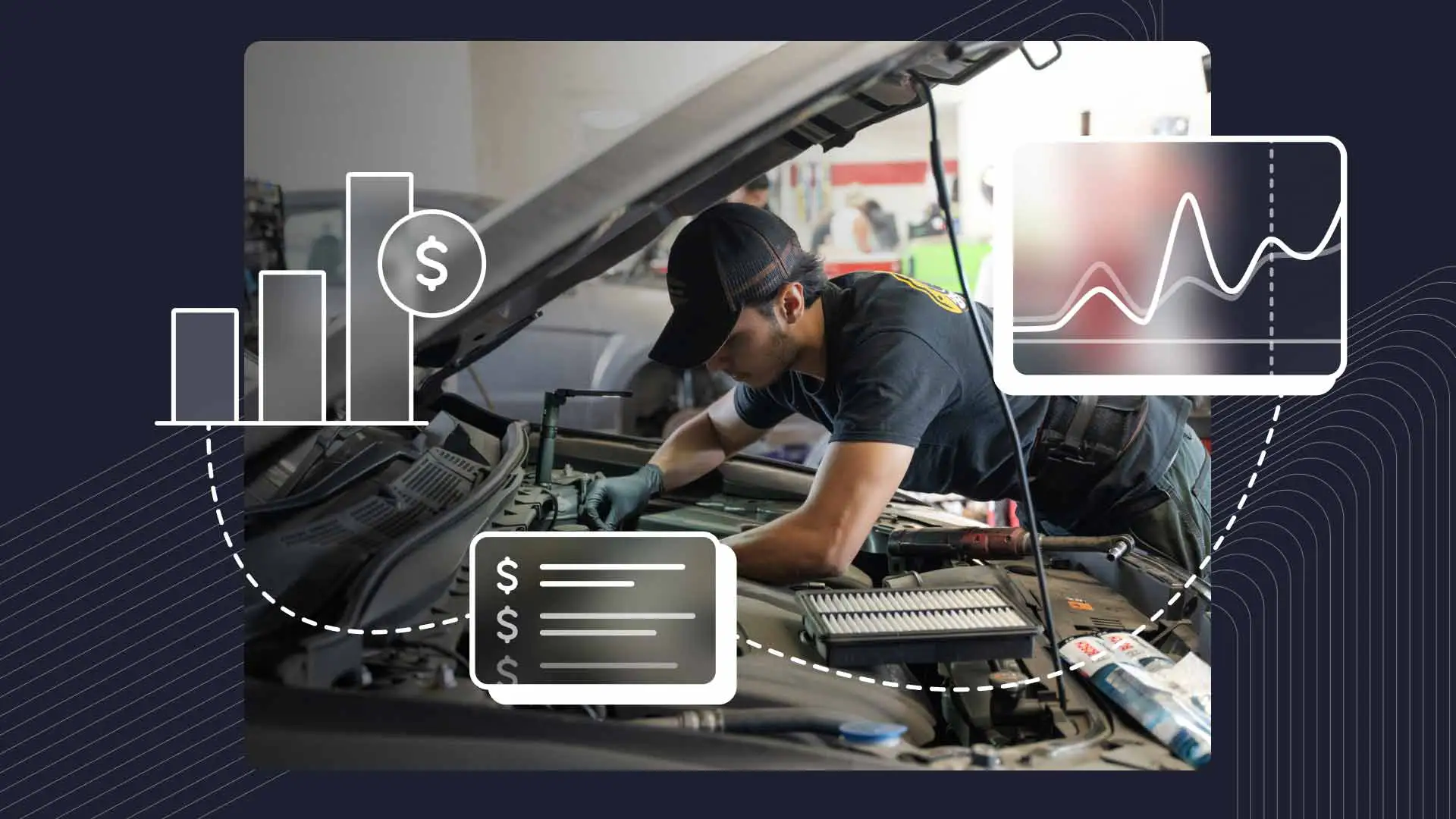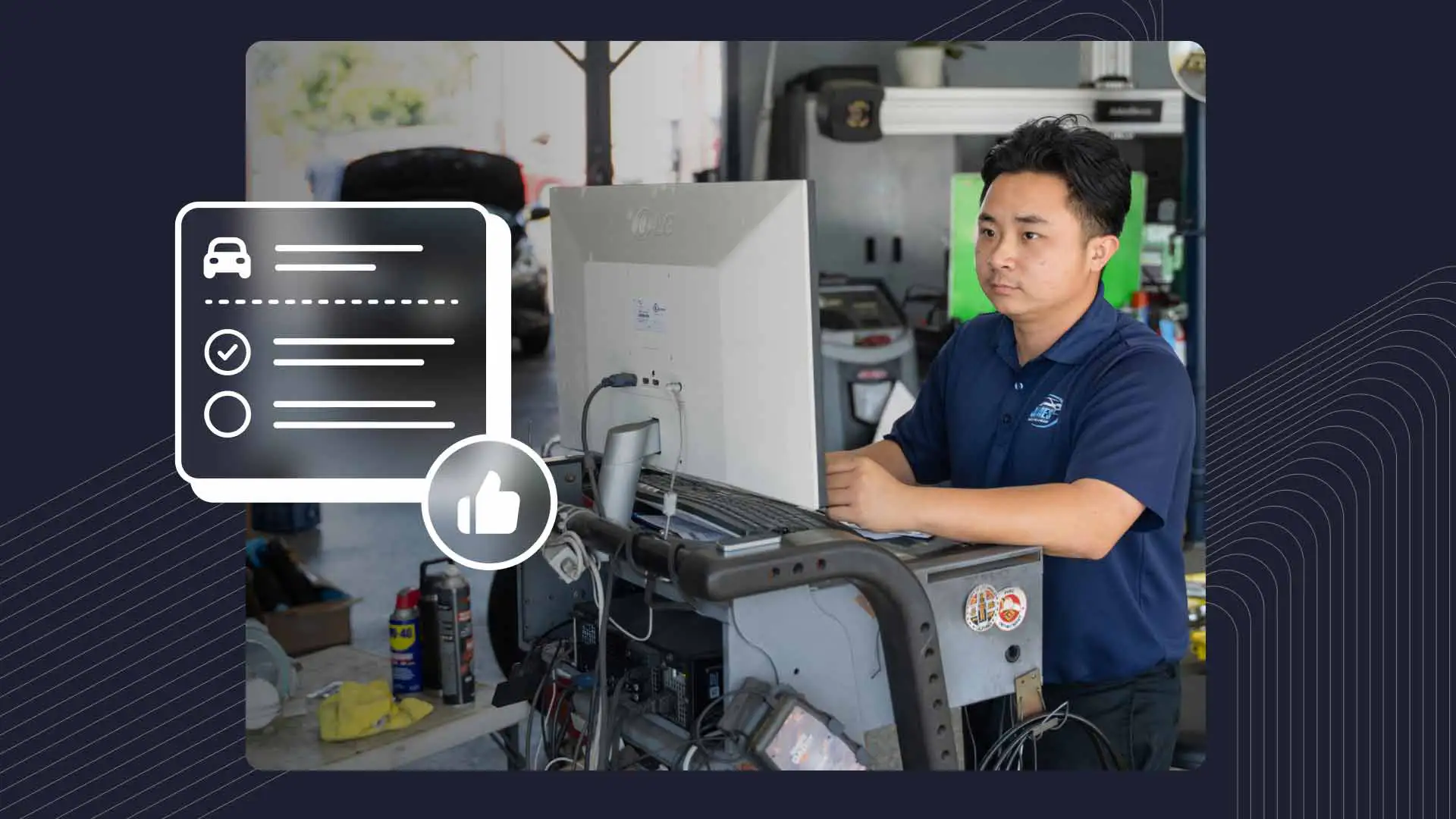Keeping vehicles looking their best is all about the details. Sometimes, it just takes a good touch-up to bring that car back to showroom-like condition.
Whether you’re fixing a minor scratch for a customer or tackling a bigger blemish on your own project, the right tools, techniques, and materials can be the difference between a flawless finish and one that screams “amateur hour.”
Let’s take a closer look at the steps involved in achieving a great touch-up, from the basics of paint selection and how to prep a vehicle for painting to the finer points of fixing paint chips on a car–basically, everything you need to know about how to use touch-up paint for perfect repairs.
Understanding the Basics
Choosing the Right Paint: Paint selection is an important first step. Every vehicle has a specific paint code, which is usually found on a sticker located in the driver's door jamb or under the hood. The color needs to be an identical match, too; “close enough” isn’t good enough, as even slight variations can make repairs stick out like a sore thumb.
In terms of paint type, you’re most likely looking at three options. Acrylic lacquer is easy to work with and dries quickly, which makes it a great choice for small, fast repairs; it’s just not as durable as some other options. Enamel strikes a nice middle-ground balance between durability and a reasonable working time. Urethane, on the other hand, is the gold standard. While it takes longer to cure, it’s incredibly durable and produces a high-quality finish.
Prepping the Surface: Before applying the auto touch up paint, you’ll need to prepare the surface. Start by thoroughly cleaning the area with soap and water to remove any dirt or debris. Then, use isopropyl alcohol–or a dedicated automotive prep solvent–to get rid of grease, wax, oils, and other contaminants. If you’re dealing with chips or scratches that have rough edges, you’ll want to feather them with fine-grit sandpaper. This creates a smoother transition between the damaged paint and the surrounding surface. The final step involves masking the surrounding area to protect it from overspray or paint bleed. Use quality masking tape and paper, and be sure to mark off clean, straight lines.
Touch Up Paint Application Techniques
Your application method will depend on the extent of the damage and the tools at your disposal. The three main options include:
Brush Application: Brushes are pretty ideal for small chips and scratches–just make sure you choose the right one. Your best bet is a fine-tipped, soft-bristle brush that allows for controlled, even strokes. These are less likely to leave visible brush marks. For the best results, apply multiple thin layers of paint, letting each coat dry before adding the next one.
Pen-Style Applicators: For minor repairs, pen-style applicators are a convenient choice. They’re easy to use and great for quick fixes, although they may not be super-effective for blending into larger areas. Be sure to give the pen a good shake before using so the pigment gets evenly distributed. And apply steady, light pressure to avoid overlapping or streaking.
Spray Can Application: Spray cans are versatile and can cover larger areas or more extensive damage. But it does take some skill to get a smooth, consistent finish. You’ll want to hold the can about 6 to 8 inches from the surface and use sweeping, overlapping motions–aim for about 50% overlap on each pass. Apply multiple light coats for even coverage, and be sure to start and end each spray pass off the panel to avoid pooling. Try not to use too much paint in one pass, either, or you could get runs or sags. Oh, and one more thing: Temperature and humidity can affect how the paint reacts, as well as drying times, so keep those factors in mind, too!
Advanced Techniques
This is where we separate the pros from the also-rans by kicking it up a notch with some advanced techniques, like blending the new paint into the existing finish. After the paint has cured, use ultra-fine sandpaper (2000-3000 grit) and a lubricant like soapy water to remove any imperfections and create a seamless transition to the surrounding area. Then, use a dual-action polisher with a cutting or rubbing compound to bring back the shine. Following it up with a fine polish gets you a mirror-like finish.
Certain types of damage, like deeper scratches and rust, require extra effort. For scratches that penetrate the primer, use a filler primer before adding the touch up paint. Give the primer a light sand, too, so you have a smooth base for the paint. Rust, on the other hand, must be completely cleared away before applying any paint. Use a rust remover or sanding tool, followed by a rust-inhibiting primer, to keep it from coming back.
Quick Troubleshooting Tips
Even seasoned detailers hit the occasional snag. Here are some tips on how to deal with the most common ones:
Runs and Sags usually appear when too much paint is applied. They can be fixed by first sanding down the runs with fine-grit sandpaper once the paint is dry, then reapplying thinner coats.
An Orange Peel Effect happens when the paint develops a bumpy texture, often the result of improper spray technique or the wrong paint viscosity. Wet sanding and polishing should help fix the issue.
For Uneven Color Matching, double-check the paint formulation and your application techniques. Try reapplying thin coats that extend beyond the damage zone for a more gradual transition.
Why the Details Matter
There’s just no substitute for a stellar touch-up. By mastering the process–choosing the right paint, following sound preparation and application methods, and flexing with advanced techniques and troubleshooting–you can achieve consistent, five-star results with each and every job.
To make your business as polished as your touch-up work, it’s time to connect with the right body shop software. Request a demo of Shopmonkey’s all-in-one solution today and discover just how seamlessly your operations can run.




